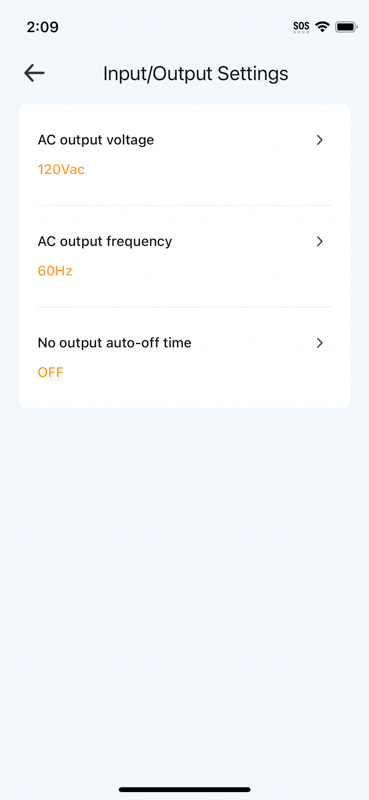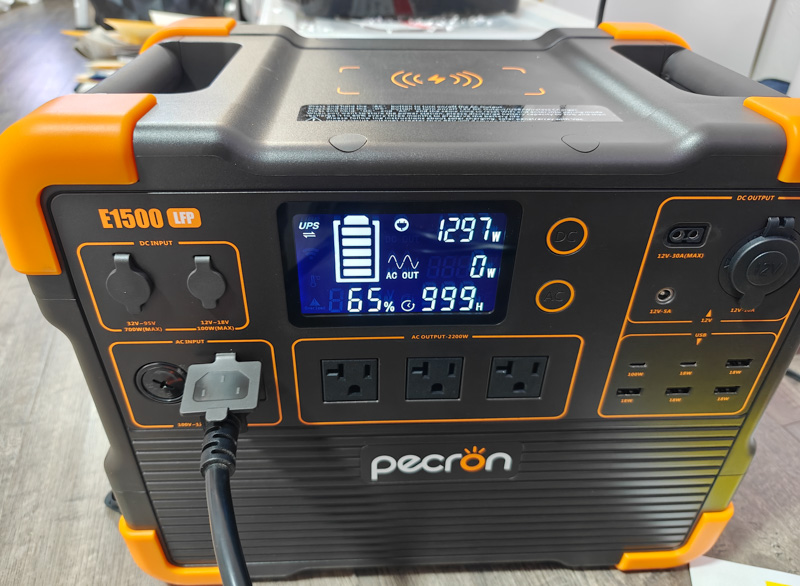
REVIEW – I’ve noticed a couple of trends in the power station product category over the last few years that I’m excited about: LiFePO4 battery chemistry (for longer lifespans), faster charging (both through solar and AC inputs), and UPS functionality (the ability to use the power station as a backup emergency power source with items always plugged in, so if you have an outage the attached items continue to work until the power station is drained). The PECRON E1500LFP Expandable Power Station has all these things going for it and adds the ability to expand the overall storage through additional external daisy-chained batteries as well. I happily volunteered to test it out, and what follows will hopefully be a coherent review.
What is it?
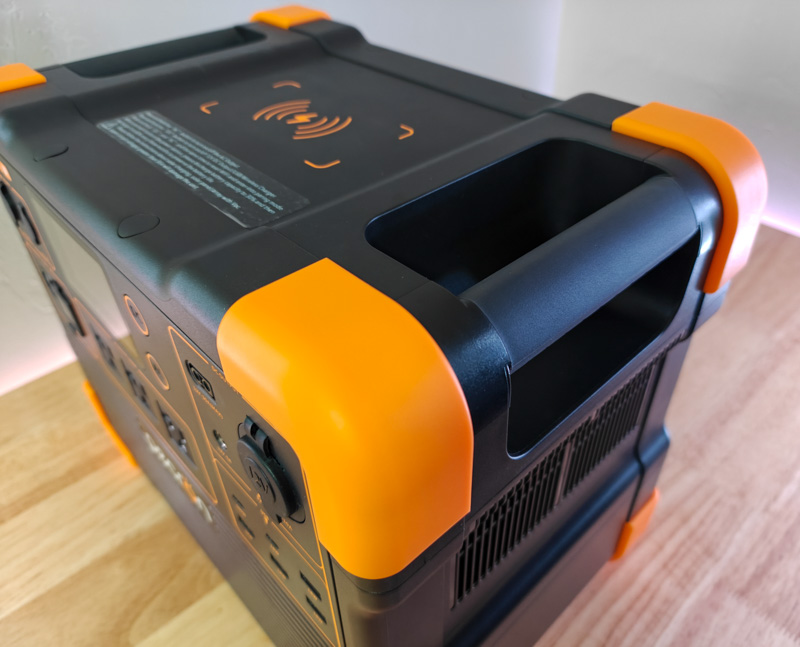
The PECRON E1500LFP Expandable Power Station is a power station with 1536 Wh of battery storage, capable of pumping out 2200 watts at once to up to 13 different outputs. It can take up to 800 watts of solar input so you can create a solar power station with a lot of input capacity, or you can charge it from empty to full in less than 2 hours on AC power.
What’s in the box?
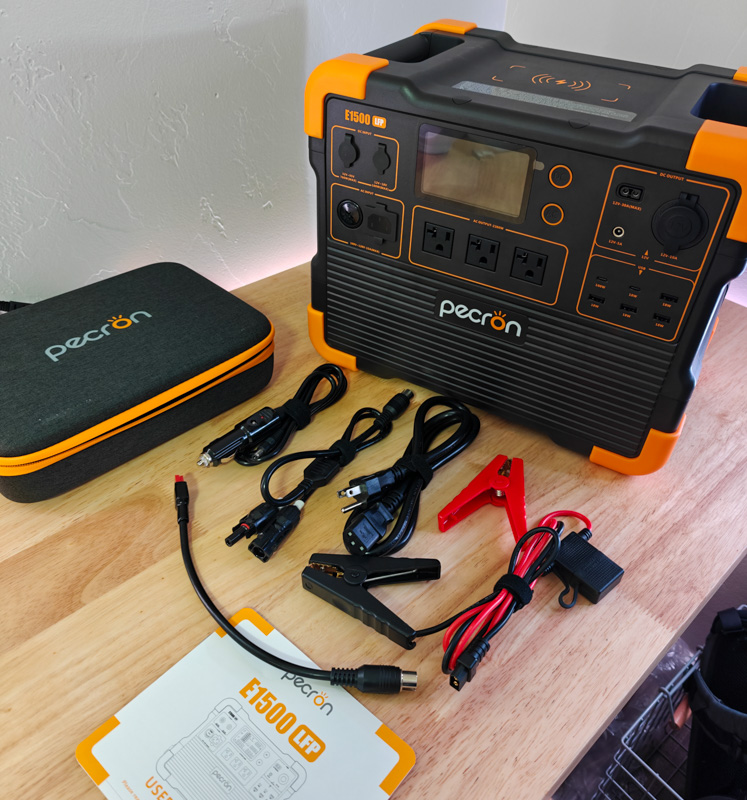
- PECRON E1500LFP Expandable Power Station
- AC charging cable
- Car charging cable
- MC4 Solar Charging Cable (LSMC4-5GX16)
- Alligator clips cable – 12V
- Anderson Solar Charging Cable
- Manual
- Accessory carrying case
Hardware specs
Click to view
- Rated power output: 2200W
- Peak power output: 4400W
- Battery capacity: 1536 Wh (expandable to 7680 Wh with 2x EP3000-48V expansion batteries)
- Battery chemistry: LiFePo4
- Dimensions: 14.8×9.4x12in
- Weight: 40lbs(18.2Kg)
- DC output: 30A(12V)
- Solar input: DC5521: Voc 12V~18V / 100W Max /7A Max, GX16MF: Voc 32V~95V / 700W Max / 15A Max
- Car input: DC 12V~18V-100W Max
- AC input: 100V~120V/ 1400W
- Charge time (AC): 1.8 hours
- Wireless technology: Bluetooth and Wifi
- Charging Temperature: 0°C~45°C / 32°F-113°F
- Discharge Temperature: -20°C~45°C / -4°F-113°F
Design and features
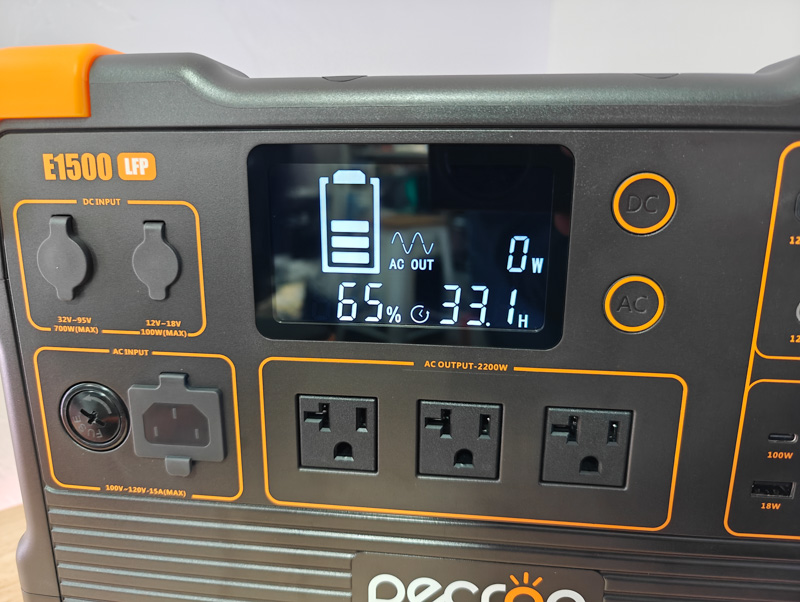
The PECRON E1500LFP Expandable Power Station has a central LCD screen surrounded by inputs and outputs clustered in sections. The screen shows input/output wattages, overall power level, and time until full/empty. There are two on/off buttons for AC and DC ports, and it has an auto-off function enabled so that if no devices are attached or running, it turns itself off (this can be disabled through settings/app). Below the screen are the three AC output ports, which can put out a combined 2200 watts (though your run time will be less than an hour at full load). At the bottom left is a replaceable fuse and the AC input port, as well as a pair of DC input ports (for car charging or solar charging). Up to 800 watts can be pumped in via DC, with the main solar port accepting 700 watts at voltages from 12-95V, which is a wider range and input capacity than I see on most power stations. If solar is a key part of your plans for a power station, this alone makes the E1500LFP one to consider.
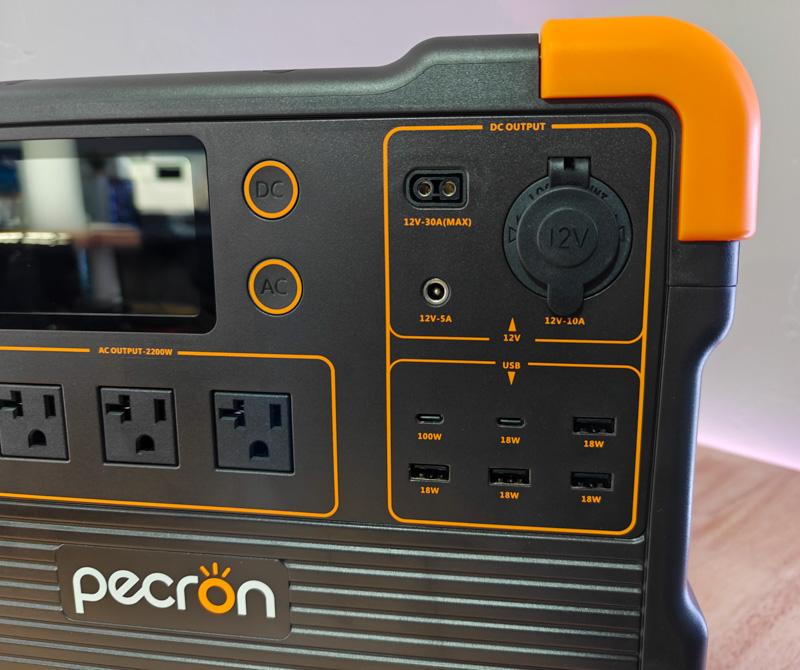
On the right-hand side are a trio of DC outputs and a bank of USB outputs (all are turned on/off with the DC button, along with wireless charging up top). There’s a standard car 12V output port, a small barrel plug 12V/5A output, and then the big boy: a 12V/30A DC XT60 output. I’d imagine this would make a great RV power connection with the right converter, but Julie (THE Gadgeteer) wouldn’t approve an RV purchase for testing purposes). The USB offerings include 4 standard USB-A ports at 18 watts each, a USB-C at the same, and then a USB-C with 100 Watts Power Delivery (PD). I wish they’d offered two USB-C ports with 100 Watts PD, I have quite a few devices these days that can use this standard, but I can always use the AC ports with power adaptors as well.
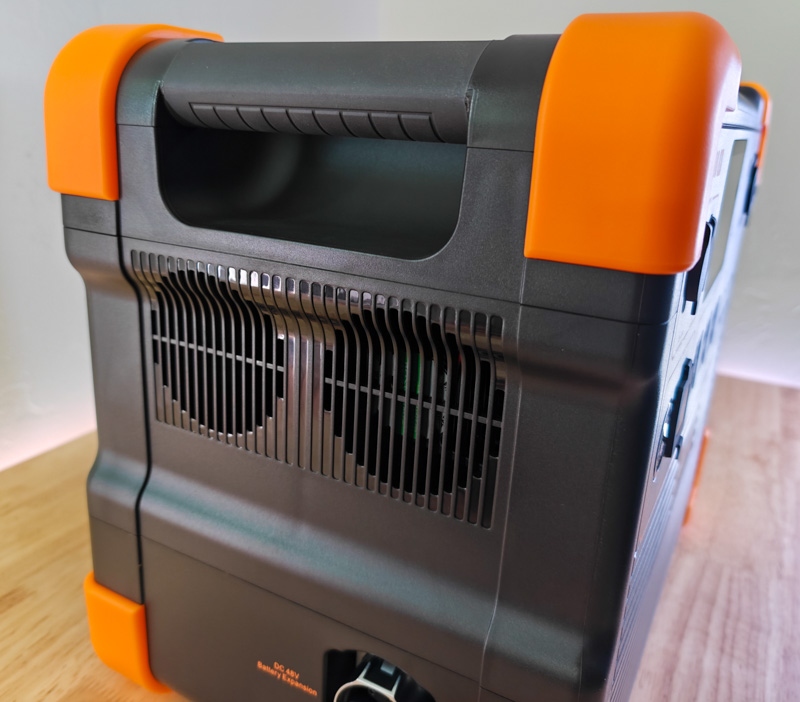
The above photo shows the left side of the power station. The handle works great for carrying this 40 pound power station around, the fans just below it are mostly quiet unless there’s load in which case they sound similar to computer fans – you’ll hear them going but they’re not nearly as annoying as a gas generator.
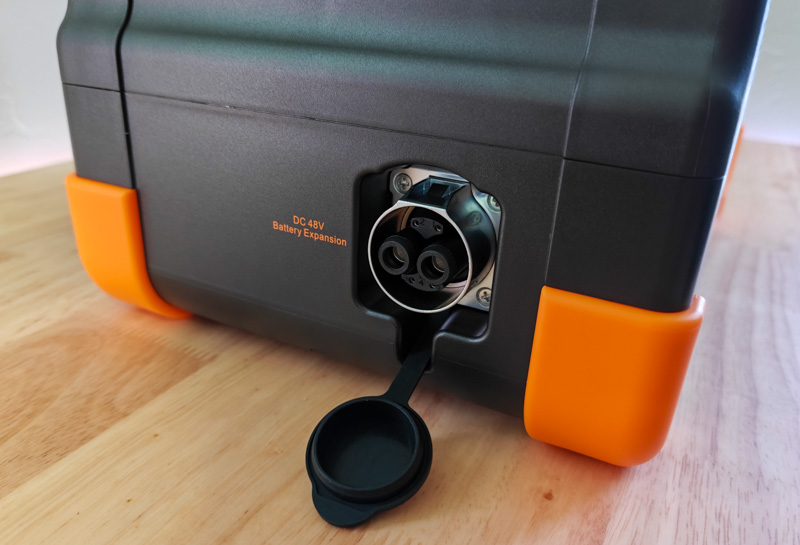
On the bottom of the left side is the battery expansion port – you can buy extra expansion batteries to extend the life of your system.
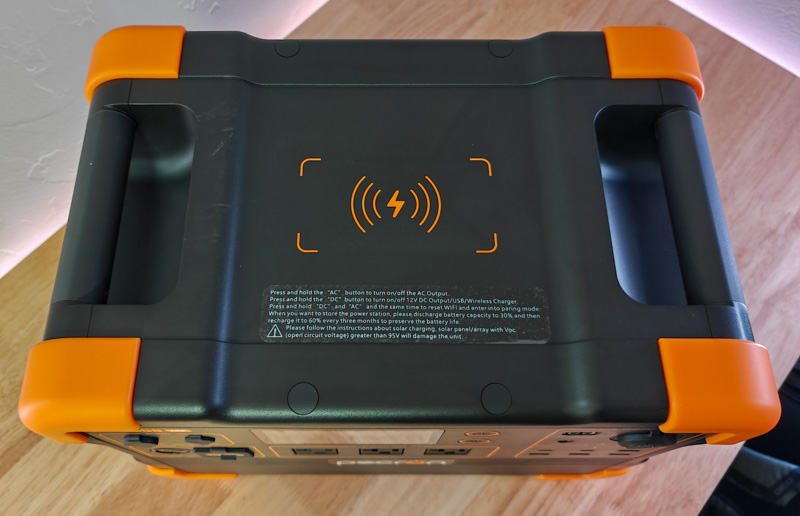
Up top is the wireless charging pad – something I don’t use very often these days, but I’m sure other people will appreciate it. The whole exterior is a very sturdy feeling plastic build in an orange and black color scheme.
Setup

I started testing the PECRON E1500LFP Expandable Power Station by charging it, and the AC charging immediately shot to 1300 watts and hovered around there for the duration. From fully empty it does indeed charge in less than 2 hours. I also tested with a 200 watt solar panel and it happily accepted the 100ish watts on a cold December day. On a summer day with a higher wattage panel (or more panels wired together in series/parallel) the system should take up to 800 watts on solar.
Performance
To test out raw performance, I plugged in a space heater and let it rip. Power spikes with this little heater on startup to over 2000 watts, then settles quickly down to about 1500 watts. The PECRON E1500LFP Expandable Power Station didn’t seem to strain at all providing this power, and estimated time to empty was just under an hour.
I then tested with a variety of devices and lower-wattage AC appliances like portable fridge/freezers, and everything worked perfectly. The PECRON E1500LFP Expandable Power Station has a good variety of output options for my needs, though I usually see four AC ports on 1000+ watt power stations. Having three might be limiting for some people, just something to be aware of.
Finally, the optional app (Android/iOS) provides an easier way to check some settings and even works remotely (the power station connects to WiFi). Here’s some screenshots:
What I like
- Longer lasting LiFePO4 battery chemistry
- Good storage and output capacity for the price – especially if it’s on sale
- Fast charging – both with solar and AC
- App uses WiFi in addition to Bluetooth, so you don’t have to be close to the power station to check on it
What I’d change
- One more AC outlet would be nice
- Both USB-C outlets being 100W PD would be better
Final thoughts
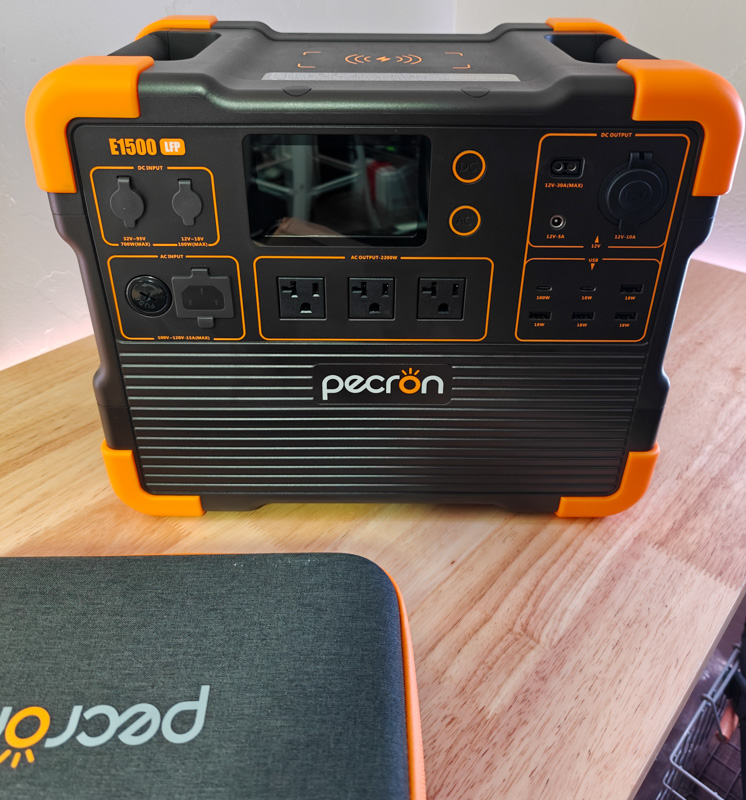
The PECRON E1500LFP Expandable Power Station seems to be a strong contender for a ~1500 Wh power station, especially if you value fast charging and high solar input. At full retail price, it seems to be a bit high compared to other brand’s similar models, but at the sale price at the time of review ($899), it seems like a good value. I previously reviewed the Pecron E1000 last year, and it’s holding up great, so hopefully reliability on this E1500lFP model will be good as well. I like the option to add extra battery capacity, depending on what you’re using it for that can be a great feature.
Price: $1299 ($899 sale at the time of review)
Where to buy: Pecron
Source: The sample of this product was provided by Pecron




